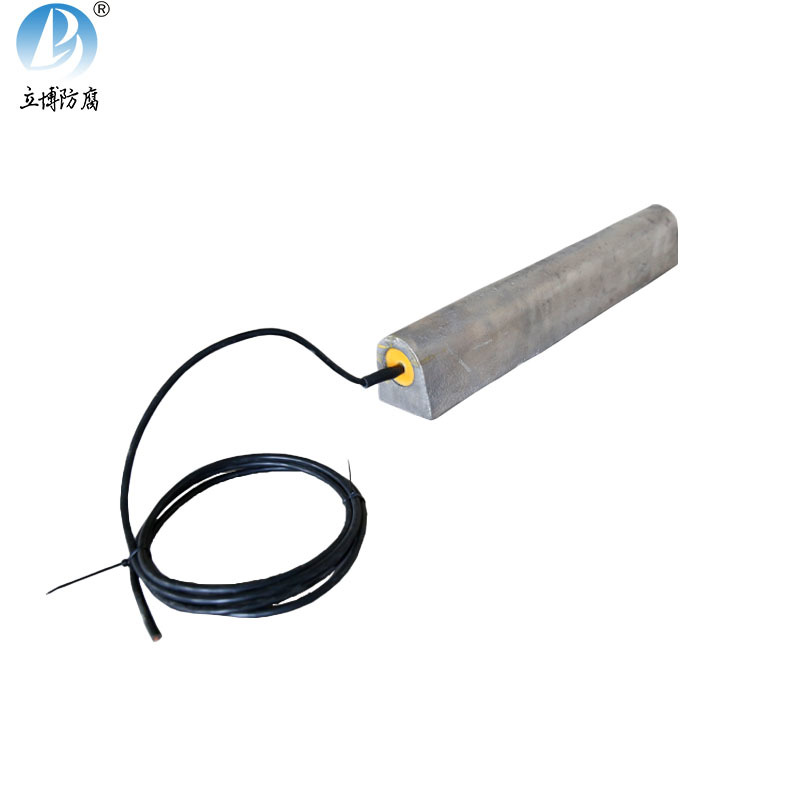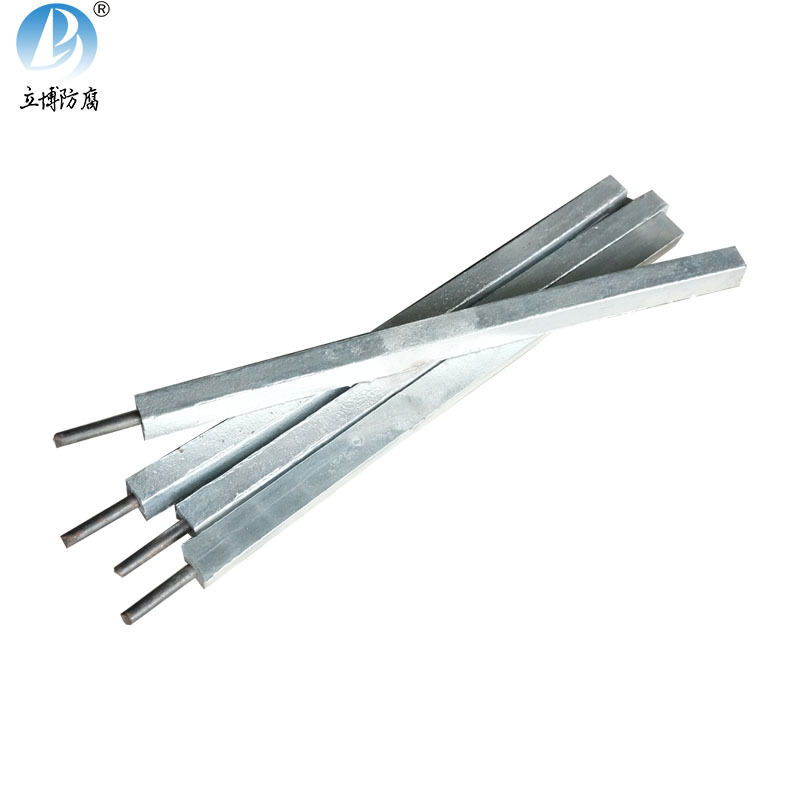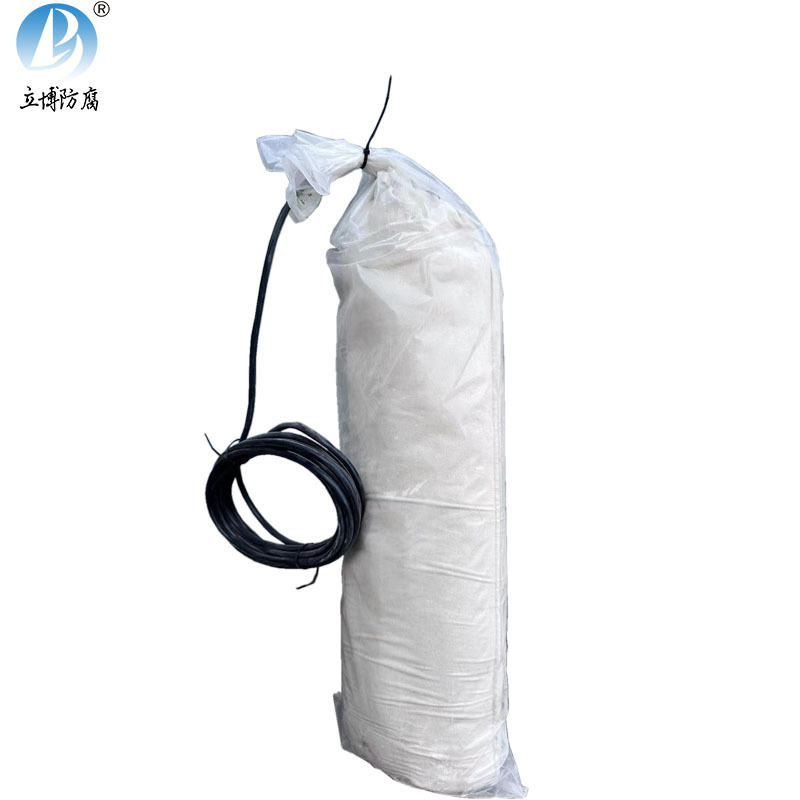Exploring the Benefits of High Potential Magnesium Anodes in Architectural Applications
Release time:
2025-07-18
Exploring the Benefits of High Potential Magnesium Anodes in Architectural Applications Table of Contents 1. Introduction to High Potential Magnesium Anodes 2. What Are High Potential Magnesium Anodes? 3. Key Benefits of Using High Potential Magnesium Anodes 3.1 Corrosion Prevention 3.2 Long-lasting Solutions 3.3 Environmental Sustainabilit
Exploring the Benefits of High Potential Magnesium Anodes in Architectural Applications
Table of Contents
- 1. Introduction to High Potential Magnesium Anodes
- 2. What Are High Potential Magnesium Anodes?
- 3. Key Benefits of Using High Potential Magnesium Anodes
- 3.1 Corrosion Prevention
- 3.2 Long-lasting Solutions
- 3.3 Environmental Sustainability
- 3.4 Cost-Effectiveness
- 4. Applications in Architectural Projects
- 5. Installation Process for High Potential Magnesium Anodes
- 6. Maintenance Considerations
- 7. Case Studies of Successful Implementations
- 8. Conclusion
- 9. FAQs
1. Introduction to High Potential Magnesium Anodes
In the field of architecture and construction, the longevity and durability of materials are paramount. High potential magnesium anodes have emerged as a pivotal solution to combat corrosion, which poses a significant threat to the structural integrity of buildings and other constructions. By exploring the benefits of these anodes, we can better understand their essential role in modern architectural practices.
2. What Are High Potential Magnesium Anodes?
High potential magnesium anodes are cathodic protection devices designed to prevent the electrochemical corrosion process in metallic structures. Unlike traditional sacrificial anodes, high potential magnesium anodes operate at a higher voltage, making them more effective and longer-lasting. They are primarily made from magnesium alloy, which is specifically engineered to provide superior protection against corrosion in various environments, particularly in marine and soil applications.
3. Key Benefits of Using High Potential Magnesium Anodes
The adoption of high potential magnesium anodes in architectural applications offers numerous advantages that contribute significantly to the durability and sustainability of structures.
3.1 Corrosion Prevention
Corrosion is a natural process that can severely damage metal structures over time. High potential magnesium anodes protect against this phenomenon by acting as sacrificial anodes. They corrode preferentially, thereby preserving the underlying metal. This proactive approach to corrosion management can extend the lifespan of steel reinforcements in concrete, pipelines, and other critical components.
3.2 Long-lasting Solutions
One of the standout features of high potential magnesium anodes is their longevity. Unlike traditional anodes that may require frequent replacements, high potential magnesium anodes provide extended protection, often lasting several years before needing to be replaced. This durability can lead to significant cost savings in materials and labor over the life of a project.
3.3 Environmental Sustainability
In an era where environmental considerations are of utmost importance, high potential magnesium anodes shine as a sustainable choice. The materials used are often recyclable, and their effectiveness in preventing corrosion means less material waste and lower environmental impact over time. Furthermore, they contribute to the overall sustainability of structures, enabling architects to design buildings that are both beautiful and functional.
3.4 Cost-Effectiveness
Investing in high potential magnesium anodes can seem costly initially; however, when viewed through the lens of lifecycle costs, they prove to be an economically sound choice. The reduction in maintenance, repair, and replacement costs over time translates into long-term savings for building owners and contractors. These anodes drastically reduce the need for expensive repairs related to corrosion damage, ultimately leading to a higher return on investment.
4. Applications in Architectural Projects
High potential magnesium anodes are versatile and can be employed in various architectural applications, including:
- **Marine Structures**: They are ideal for piers, docks, and other structures exposed to saltwater, where corrosion is accelerated.
- **Underground Pipelines**: High potential magnesium anodes can effectively protect pipelines buried in soil by mitigating corrosion.
- **Reinforced Concrete**: In buildings, using magnesium anodes in concrete can protect steel reinforcement bars from rusting, ensuring structural integrity.
- **Bridges and Overpasses**: These anodes can be integrated into bridge designs to prolong their lifespan and maintain safety.
5. Installation Process for High Potential Magnesium Anodes
Installing high potential magnesium anodes requires careful planning and execution. Here are the primary steps involved in the installation process:
1. **Site Assessment**: Conduct a thorough evaluation of the environment where the anodes will be installed, including soil composition and moisture levels.
2. **Selection of Anodes**: Choose the appropriate type of high potential magnesium anode based on the specific application and conditions.
3. **Preparation**: Ensure that the surface area where the anodes will be attached is clean and free of debris.
4. **Installation**: Securely attach the anodes to the structure using appropriate fasteners. Ensure that they are positioned to maximize their effectiveness.
5. **Testing**: Conduct a thorough inspection after installation to ensure that the anodes are operating correctly and that all connections are secure.
6. Maintenance Considerations
While high potential magnesium anodes are designed for longevity, regular maintenance is essential to ensure optimal performance. Periodic inspections should be conducted to check for any signs of wear or degradation. If any issues are detected, timely replacement can prevent further corrosion damage.
Additionally, monitoring the electrical potential of the anodes can provide insights into their effectiveness. Adjustments may be necessary depending on environmental changes or the degradation rates observed.
7. Case Studies of Successful Implementations
Several architectural projects have successfully utilized high potential magnesium anodes, showcasing their effectiveness in real-world applications. For example:
- **Case Study 1**: A coastal city implemented high potential magnesium anodes in their pier construction, resulting in a significant reduction in maintenance costs over a decade.
- **Case Study 2**: An underground pipeline system benefited from the installation of magnesium anodes, leading to a noticeable decrease in corrosion-related failures and repairs.
These examples illustrate the tangible benefits of integrating high potential magnesium anodes into architectural projects, reaffirming their value in modern construction.
8. Conclusion
The integration of high potential magnesium anodes into architectural applications offers unparalleled benefits, including effective corrosion prevention, long-lasting solutions, environmental sustainability, and cost-effectiveness. By understanding and utilizing these innovative materials, architects and engineers can enhance the durability and longevity of their projects. As the demand for sustainable and resilient structures continues to rise, high potential magnesium anodes stand out as a crucial component in the future of architectural design.
9. FAQs
What are the primary uses of high potential magnesium anodes?
High potential magnesium anodes are primarily used in marine structures, reinforced concrete, underground pipelines, and bridges to prevent corrosion.
How do high potential magnesium anodes work?
They act as sacrificial anodes, corroding preferentially to protect the underlying metal from the electrochemical corrosion process.
How long do high potential magnesium anodes last?
Typically, these anodes can last several years, significantly reducing the need for frequent replacements compared to traditional anodes.
Are there any environmental benefits to using magnesium anodes?
Yes, magnesium anodes are often recyclable and help reduce waste by prolonging the lifespan of structures, contributing to overall sustainability.
What maintenance is required for high potential magnesium anodes?
Regular inspections should be conducted to check for wear, and the electrical potential should be monitored to ensure optimal performance.
Key words:
Learn more about industry dynamics
The company's main products: magnesium alloy sacrificial anode series, aluminum alloy sacrificial anode series, zinc alloy sacrificial anode series, and cathodic protection supporting products, such as more than a dozen varieties and hundreds of specifications.
Focus on the development and production of cathodic protection materials
online message
We will contact you within one working day. Please pay attention to your phone or email.








